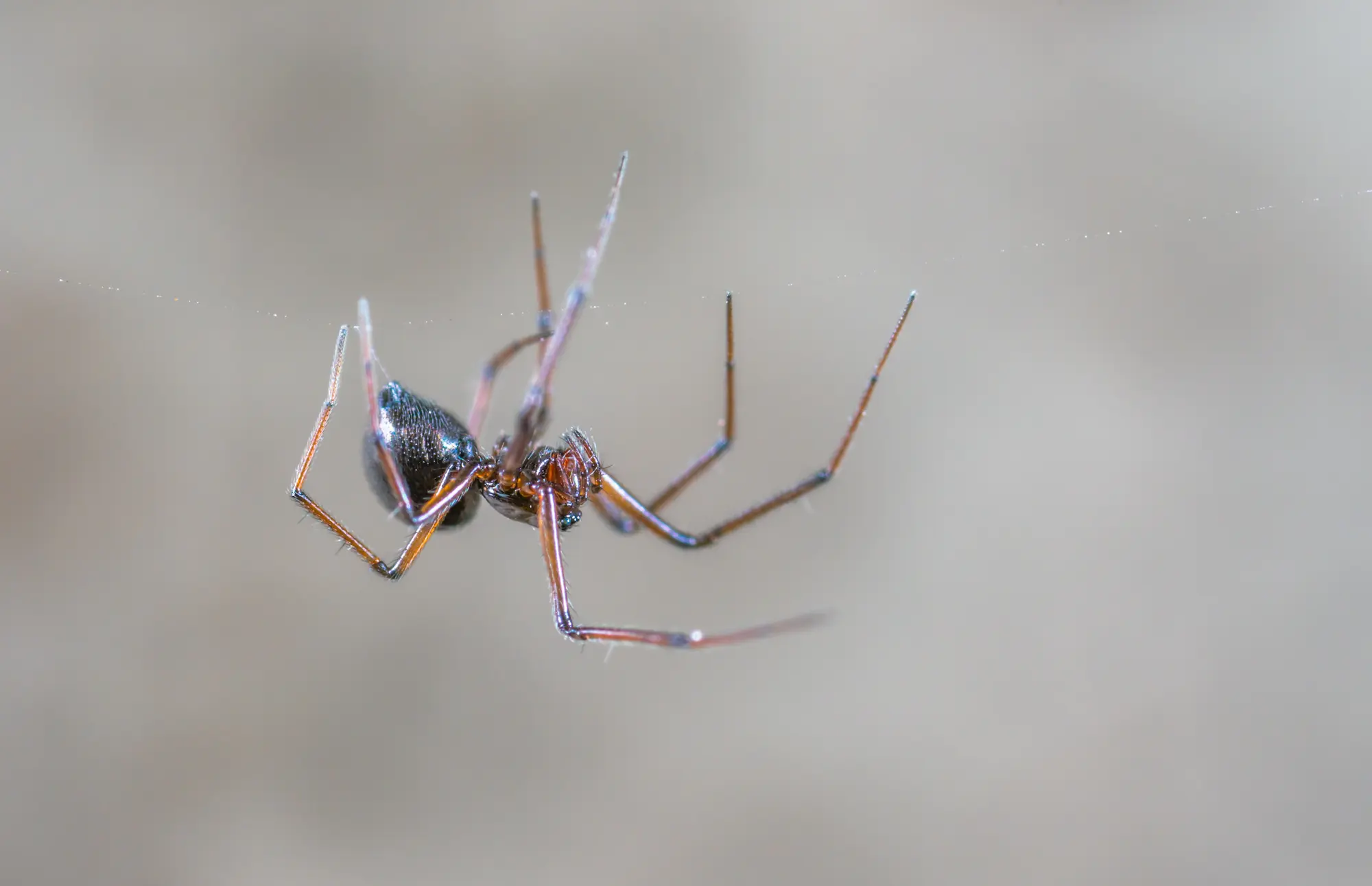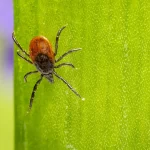In Kansas, there are about 500 different spider species out of the world’s 45,000 different varieties. A normal acre of forestland is home to about 11,000 spiders, according to estimates. If you think that’s a lot, keep in mind that an acre of grassland is thought to contain nearly two million spiders.
But there is some good news as well. At least one insect will be eaten by many spiders each day. This predation has a huge overall effect. Imagine a world without the millions of eight-legged exterminators that exist today after considering the sheer number of pests we regularly face. Additionally, despite the fact that practically every spider is poisonous, relatively few are dangerous to people. There are just two in Kansas: the brown recluse and the black widow.
Female black widows have a glossy, black body with two red triangles forming an hourglass shape on the underside of their huge, spherical belly. The triangles are joined and there are no further markings in the southern widow. The triangles are not joined on the northern widow, which also has a row of red dots along the top of the abdomen and maybe diagonal white lines on the sides. Both species’ males are smaller and have unique patterns. As trappers, they rarely leave the web, and only the female has a bite that is considered to be medically relevant. Black widow bites frequently go unreported until localized discomfort develops later on.
Brown recluses typically have gray hairs on their oblong belly and are a grayish yellow-brown color. The legs are long and slim and a darker brown than the torso. The violin spider is another name for this spider, which has a violin-shaped marking on the rear of the “head.” Spiders typically have larger females than males. Instead of spending time on a web, recluses are typically observed walking or running since they are pursuit predators. Similar to a black widow, a bite could cause delayed discomfort.
If a bite is suspected, prompt medical assistance should be sought, and the bite site should be kept clean. Fortunately, running is favored over biting as a form of defense. These spider bites can be avoided by taking certain precautions. Use caution in unoccupied locations like sheds, storage spaces, or rarely used cabins as both species are unlikely to persist in places where there is constant activity. Before reaching into anything like boxes, log heaps, piles of clothes, or even beds that have been in storage or left unused for a long time, always take a close look first. Reduced clutter can lessen harborage, and regular cleaning, dusting, and sorting can make a location less inviting to spiders.
Black widows and brown recluses are generally rare, however they can be frightful. A grass spider, wolf spider, jumping spider, false widow, or one of the numerous kinds of orb weaver spiders are considerably more likely to be encountered. All of these spiders are ferocious, helpful predators, and they are all harmless to people. But if there is an unmanageable number of any spiders within the house, experts should be contacted to deal with the problem.



